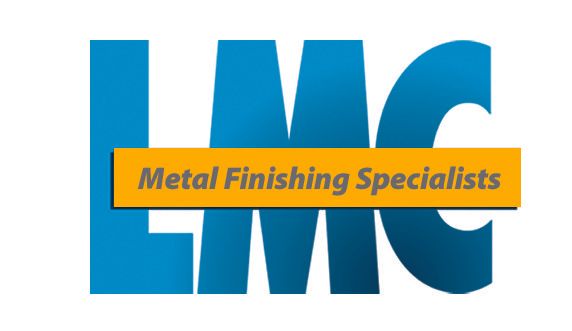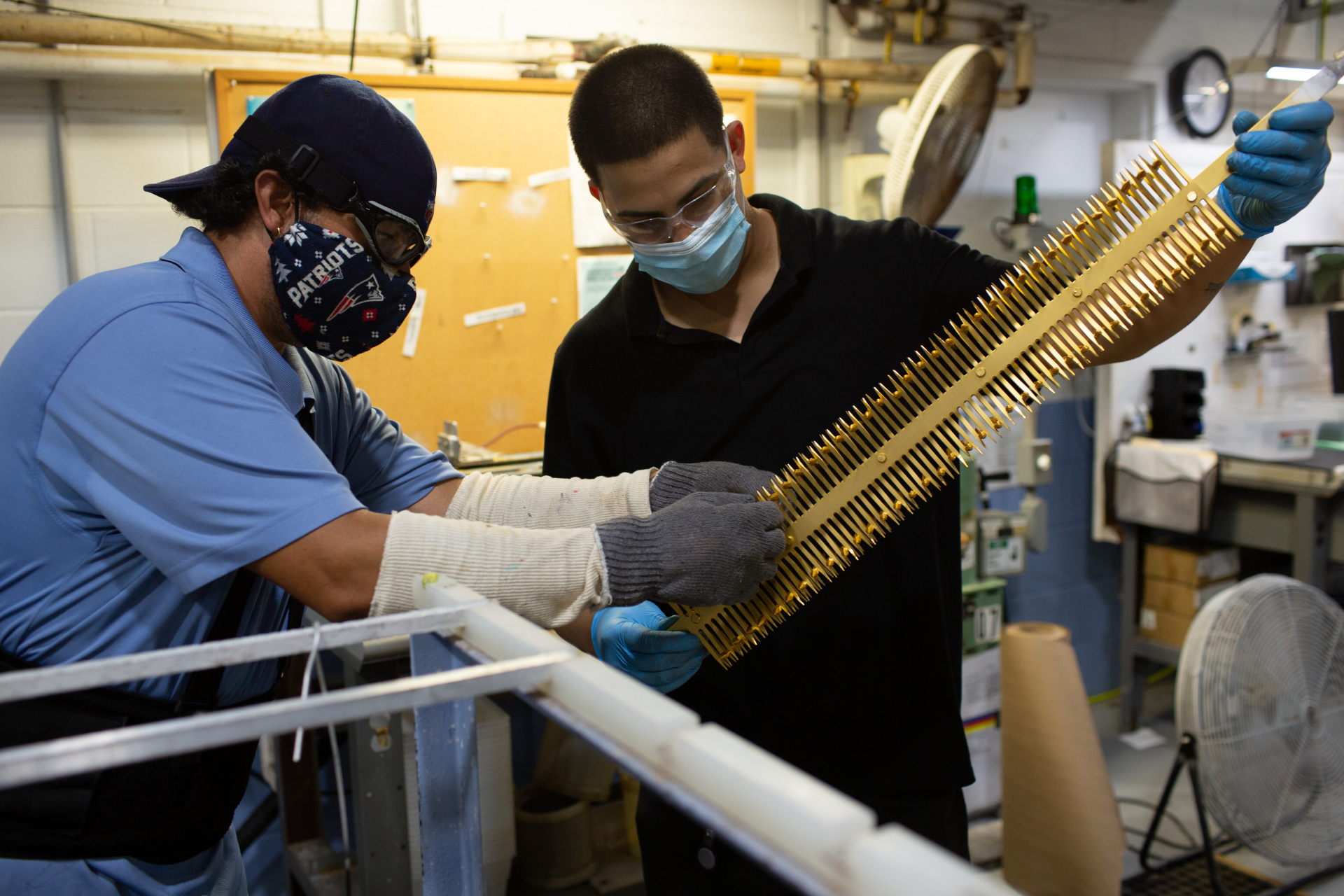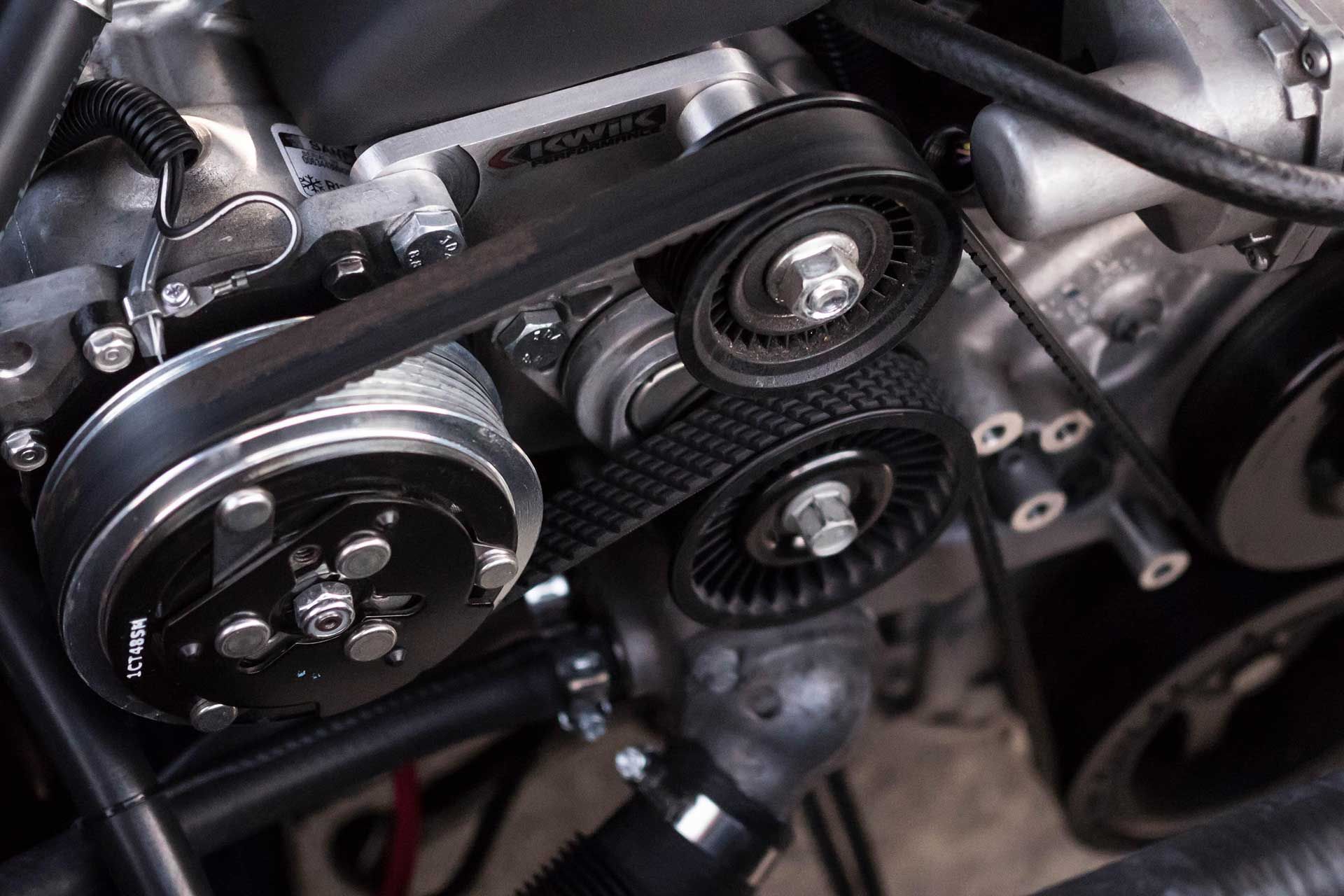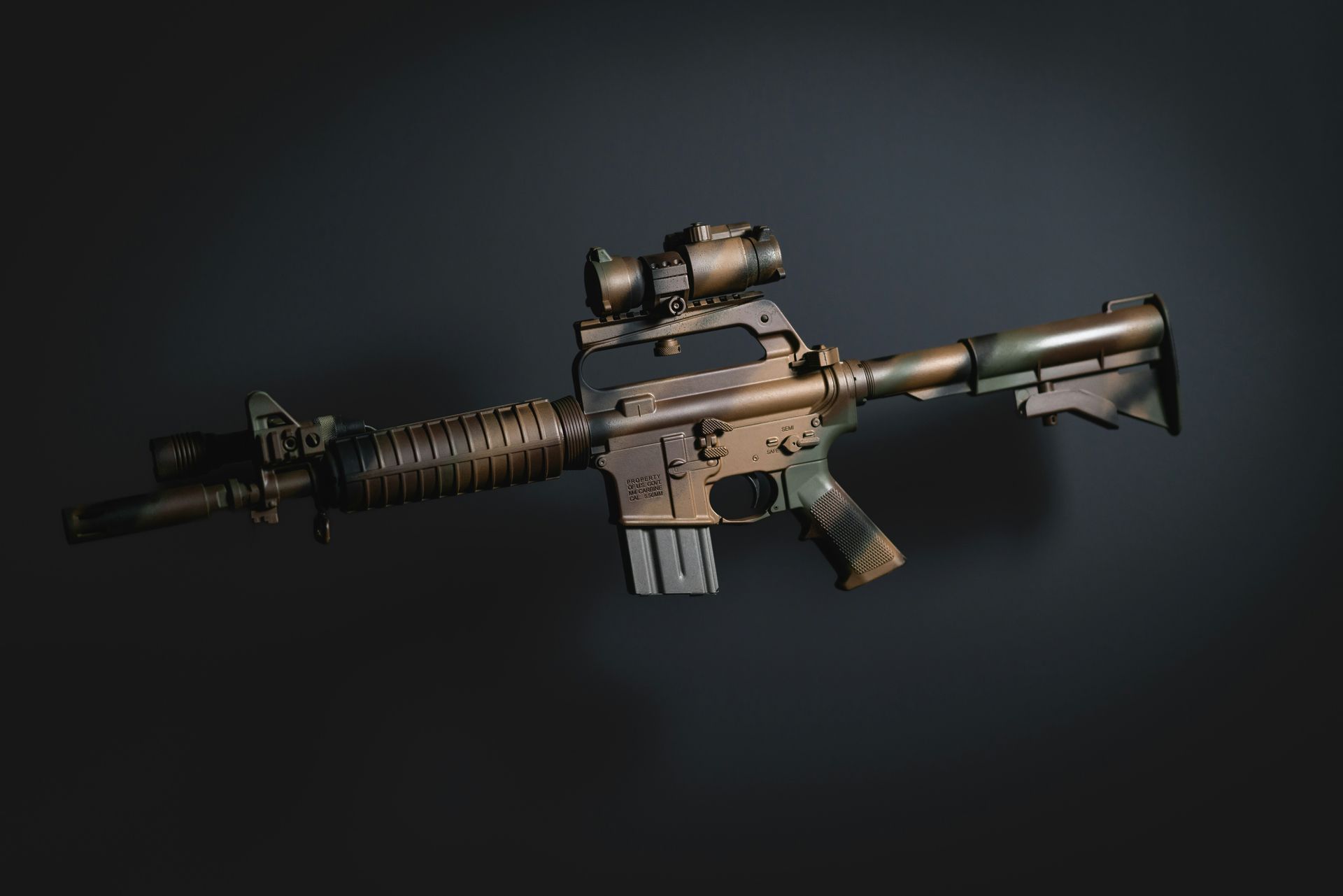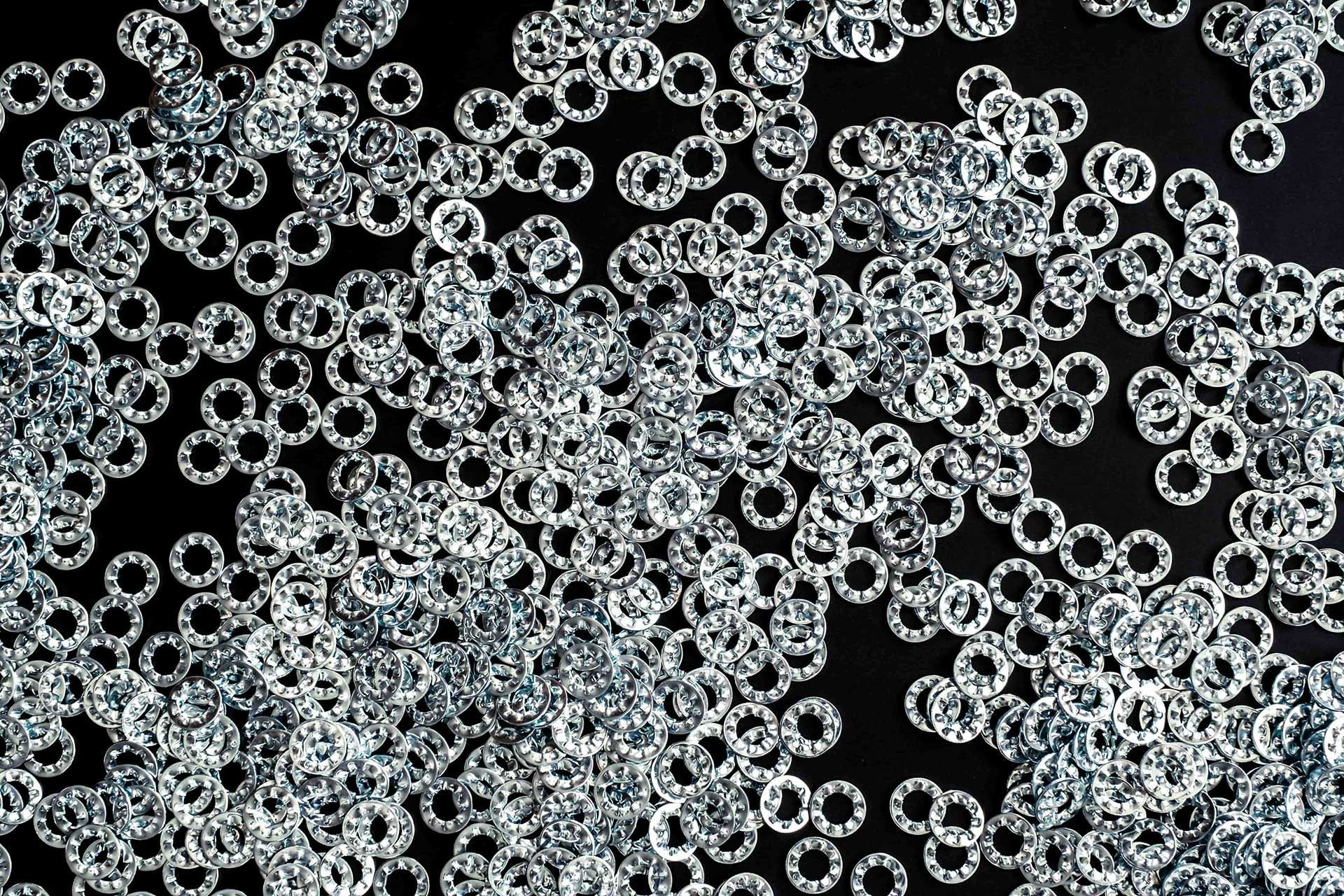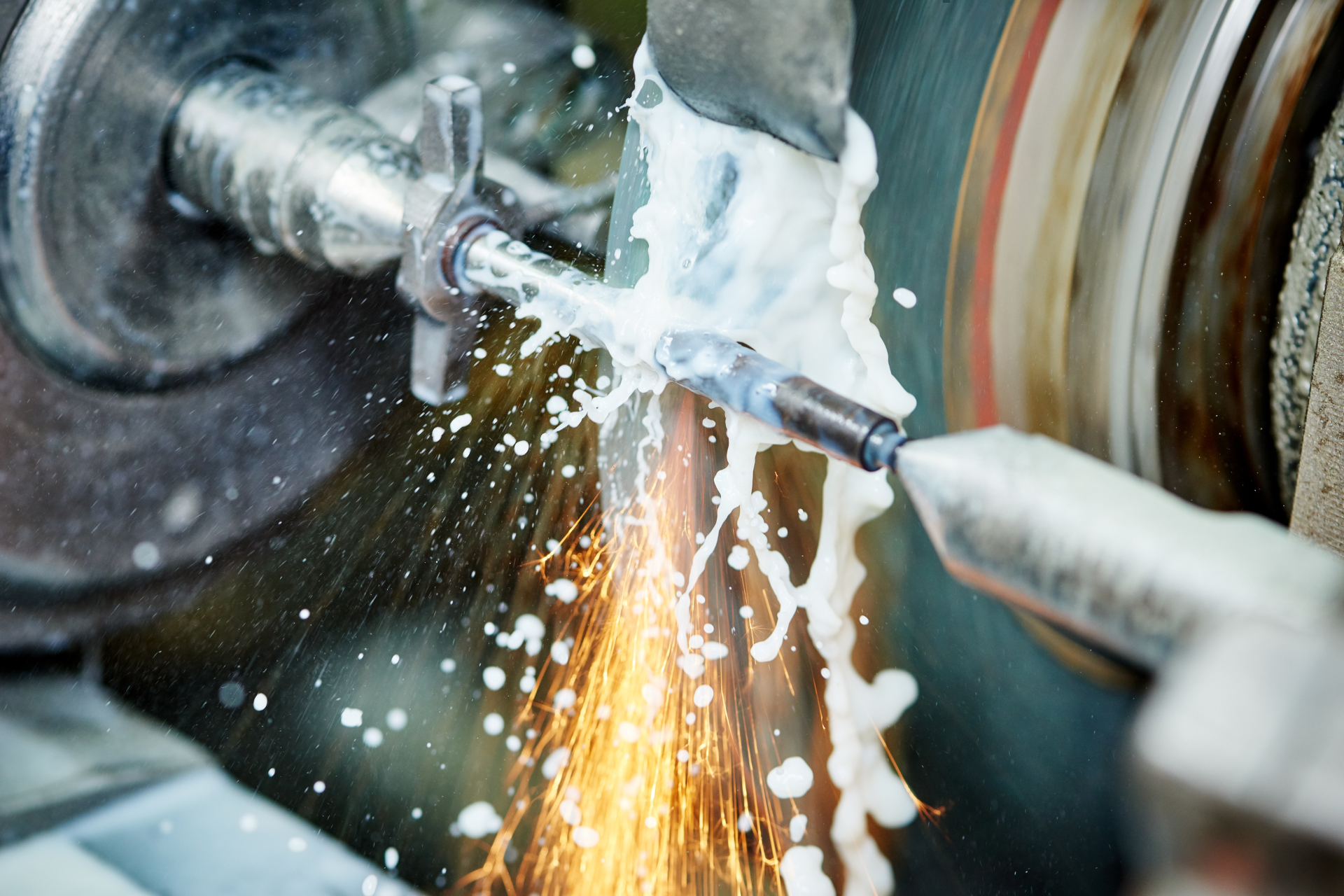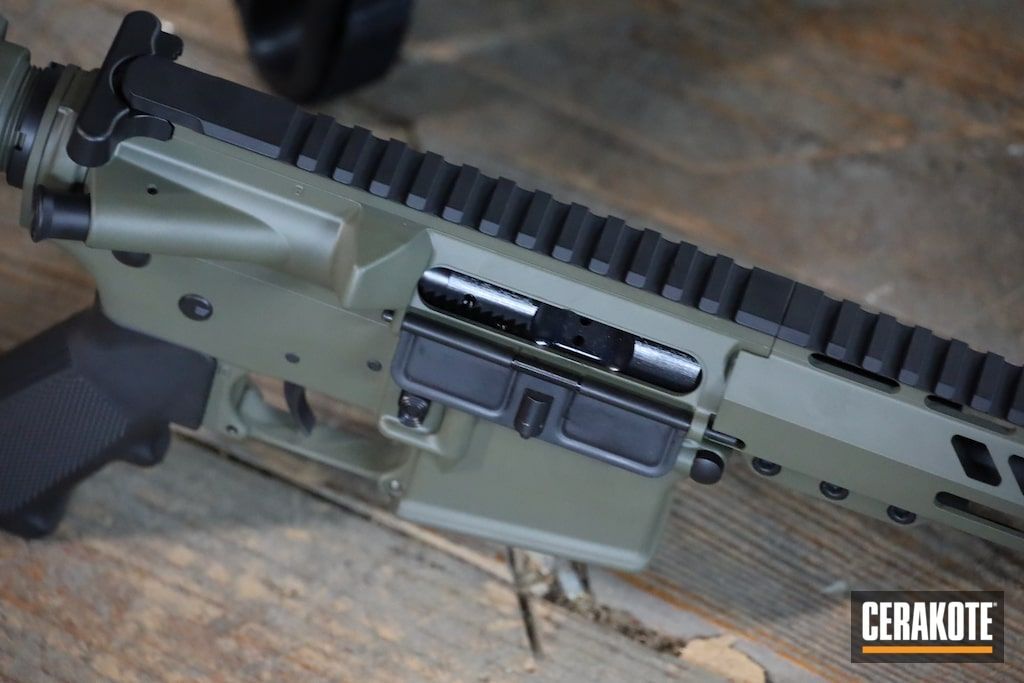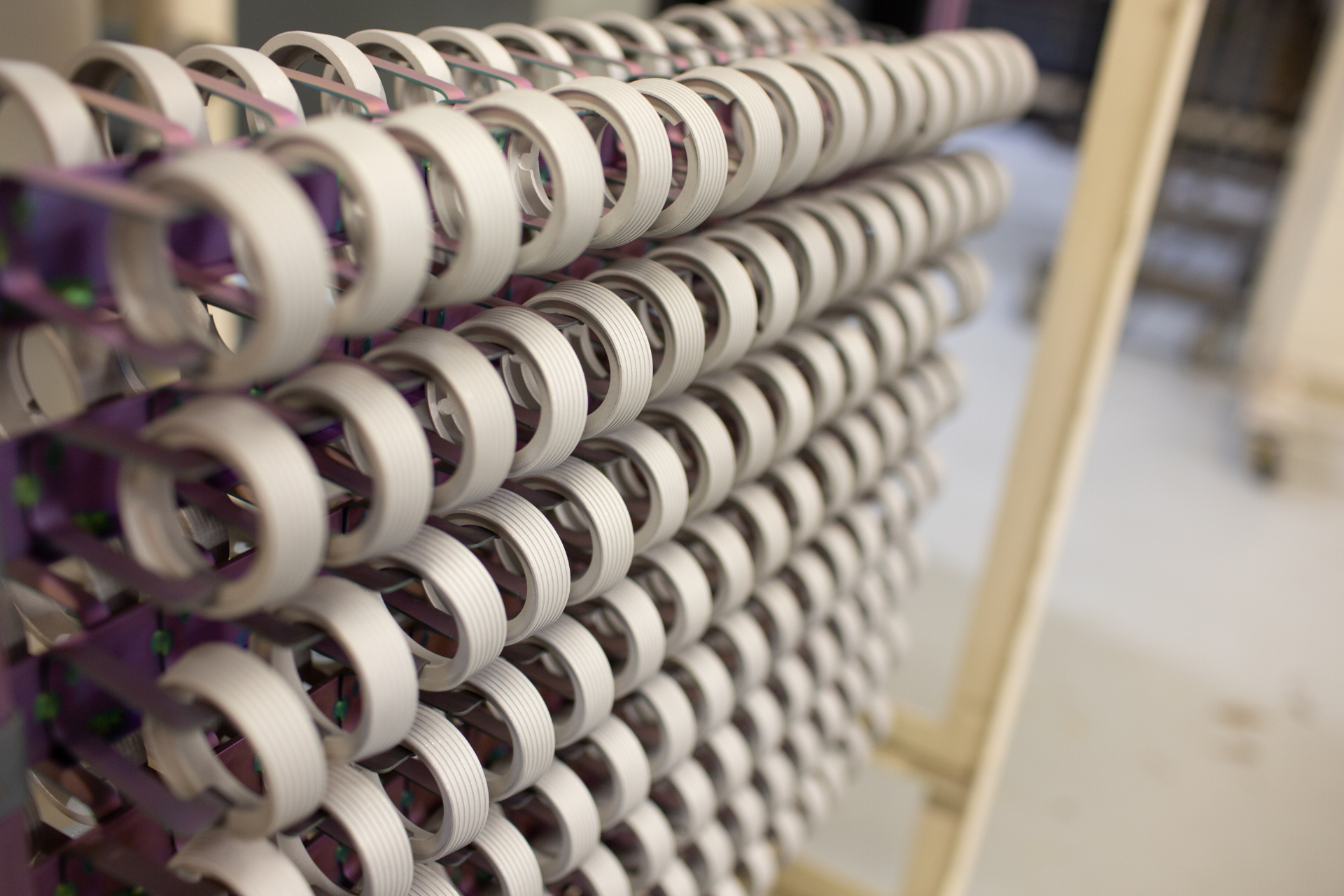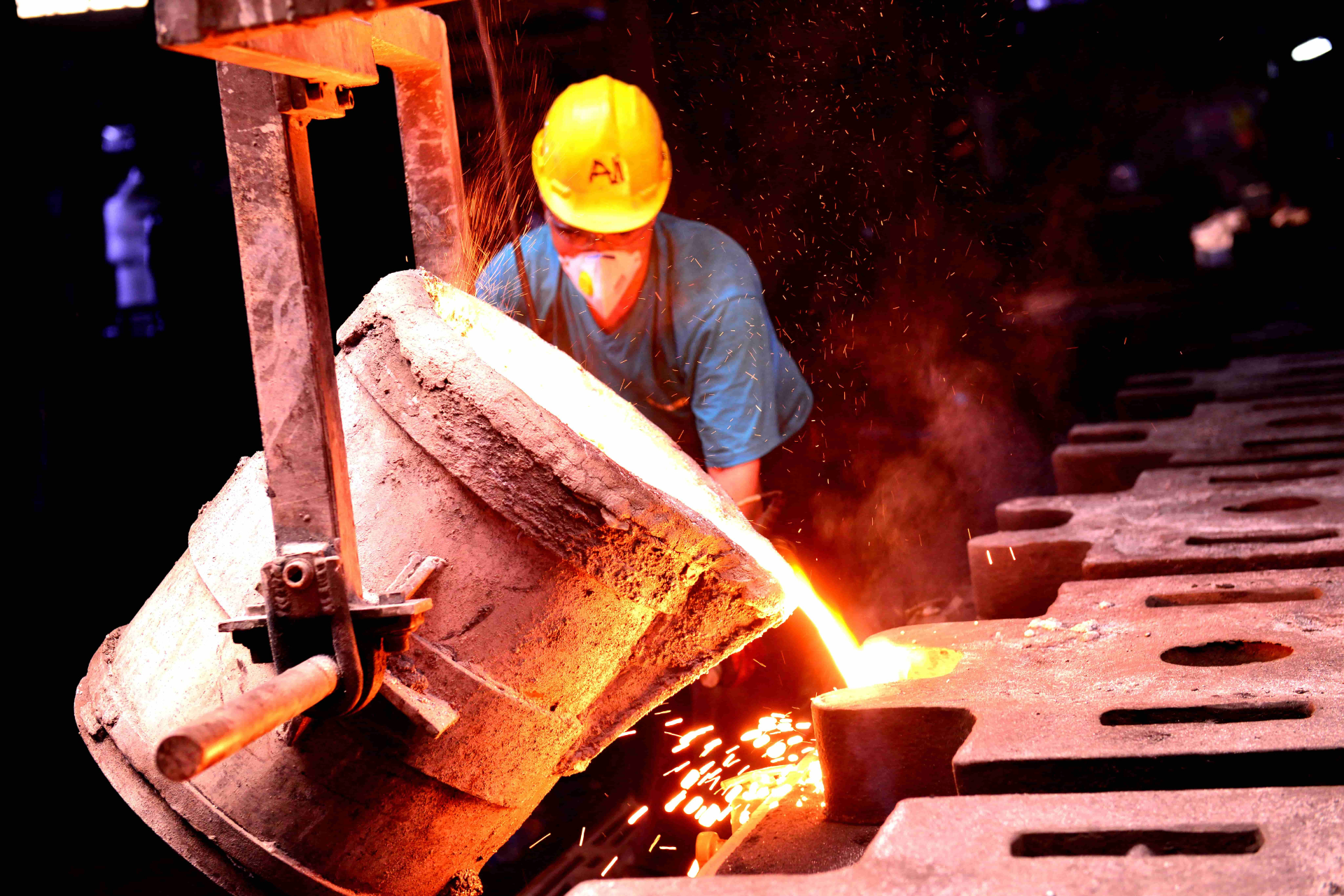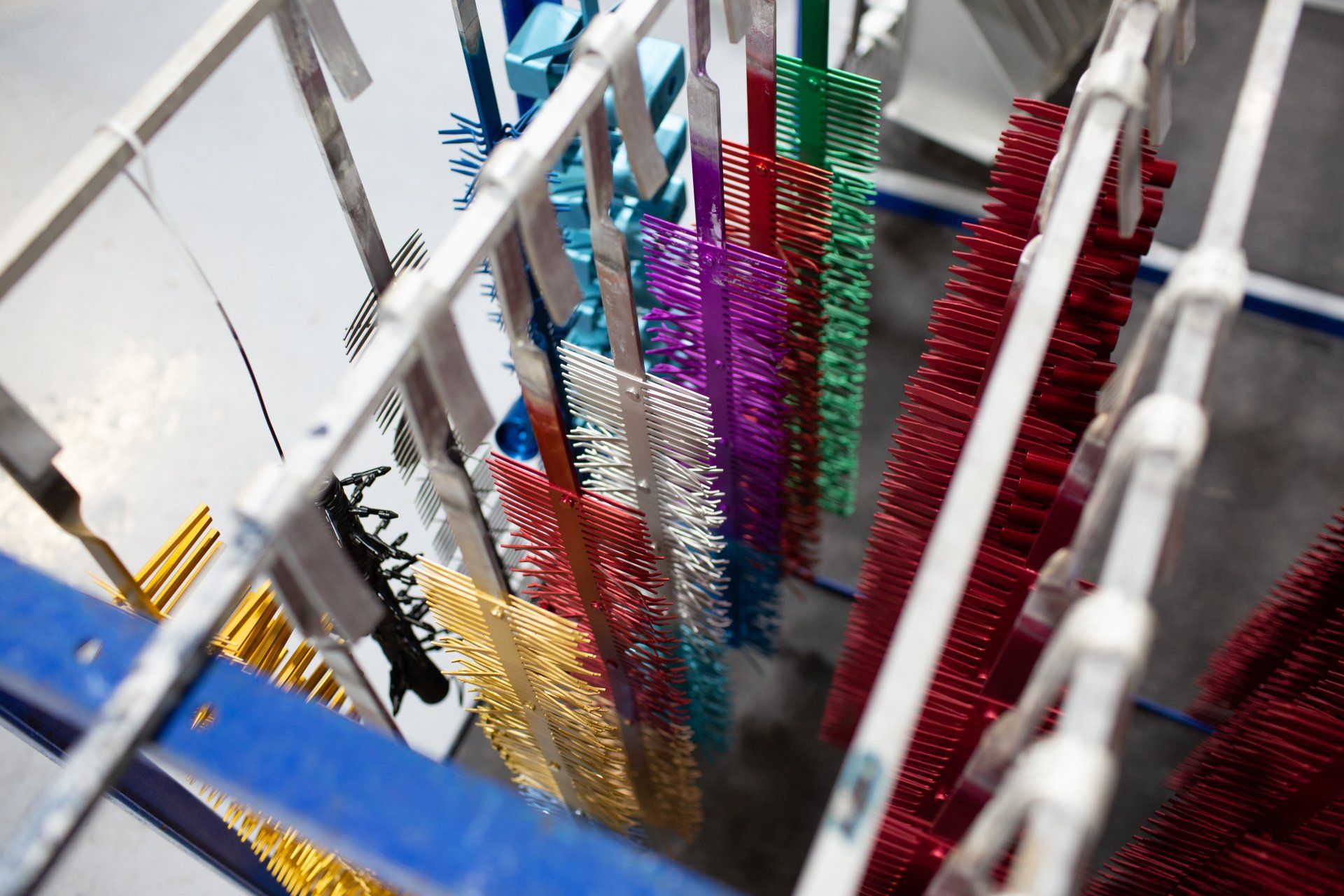Anodizing vs Powder Coating: Which Finish Is Right for Your Metal Components?
Choosing the right metal finishing method is critical to the performance, durability, and appearance of your components. Two of the most common options, anodizing and powder coating, serve different purposes depending on the material, environment, and desired outcome. For professionals evaluating their options, understanding the difference between anodizing vs powder coating is a key step in selecting the most effective finishing solution for aluminum and other metal surfaces.
What Is Anodizing?
Anodizing is an electrochemical process that transforms the surface of aluminum into a durable, corrosion-resistant layer of aluminum oxide. Unlike coatings that sit on top of the material, anodizing creates an oxide layer that is part of the metal itself.
The aluminum anodizing processabo involves placing aluminum components into an electrolytic bath and passing a controlled electric current through the solution. This triggers oxidation at the surface, forming a hard, porous outer layer that can be sealed, dyed, or left natural depending on the desired appearance.
Benefits of Anodizing
- Durable Surface Integration: The oxide layer becomes part of the aluminum, making it more wear-resistant and longer lasting than surface-only coatings.
- Corrosion and UV Resistance: Ideal for architectural applications and outdoor use, anodized parts hold up well against weather, sunlight, and harsh environments.
- Consistent Surface Finish: Anodizing maintains the metal’s natural texture while offering a sleek, professional appearance in either clear or colored finishes.
- Low Environmental Impact: The process uses water-based electrolytes and produces no VOCs, making it an environmentally conscious choice.
For those seeking a durable
aluminum finish that enhances corrosion resistance without compromising precision, anodizing offers a reliable, long-term solution.
What Is Powder Coating?
Powder coating is a coating process in which charged powder particles are sprayed onto a metal surface and then heat-cured to create a hard outer layer. It’s commonly used in consumer products, industrial machinery, and decorative applications.
Unlike anodizing, powder coating does not bond within the material—it forms a protective shell on the exterior. It’s often applied to steel and other metals, not just aluminum.
Powder Coating Advantages (and Limitations)
- Thicker Protective Layer: A powder coat provides a visibly thicker, impact-resistant surface, ideal for products where surface damage is a concern.
- Color Variety: Powder coating allows for a wide range of colors, gloss levels, and textures, offering strong visual design flexibility.
- Material Flexibility: Works well across multiple metals, including steel and iron—not just aluminum.
However, because it is an external coating, it may be more prone to chipping or cracking under heavy mechanical wear or long-term UV exposure, depending on the formulation.
Anodizing vs Powder Coating: A Side-by-Side Comparison
| Feature | Anodizing | Powder Coating |
|---|---|---|
| Base Metal | Aluminum only | Aluminum, steel, and other metals |
| Process Type | Electrochemical (oxidation) | Coating (electrostatic spray |
| Durability | High wear and corrosion resistance via oxide integration | Tough surface coating; can chip or scratch under stress |
| UV Resistance | Excellent, especially for exterior applications | Good, but may fade depending on pigment |
| Color Options | Metallics and dyed finishes | Wide color and texture range |
| Coating Thickness | Thin, uniform oxide layer | Thicker, buildable finish |
| Environmental Impact | Low-VOC, water-based process | VOC-free, low waste in application |
| Common Uses | Aerospace, architecture, medical, electronics | Appliances, automotive, furniture, consumer goods |
Which Metal Finishing Method Is Right for You?
Both anodizing and powder coating have their place in metal finishing. Powder coating is often chosen when color variety or use on non-aluminum materials is a priority. But when your project involves aluminum components that demand lasting protection, a uniform surface finish, and high wear resistance, anodizing is a more integrated, performance-driven solution.
Many professionals gravitate toward anodizing for applications that involve frequent handling, outdoor exposure, or the need for a clean, professional appearance that won’t peel or chip over time.
Making the Best Choice for Your Metal Finishing Needs
If your project involves aluminum parts and requires a finish that delivers both durability and visual consistency, anodizing is likely the better long-term investment. At Light Metals Coloring, we specialize in Type II and Type III anodizing services that meet the strict demands of aerospace, defense, medical, and industrial manufacturing environments.
Not sure whether anodizing is right for your application? Our team can help evaluate your finishing needs and recommend the best path forward. Contact us today to learn more or request a quote for your next anodizing project.
